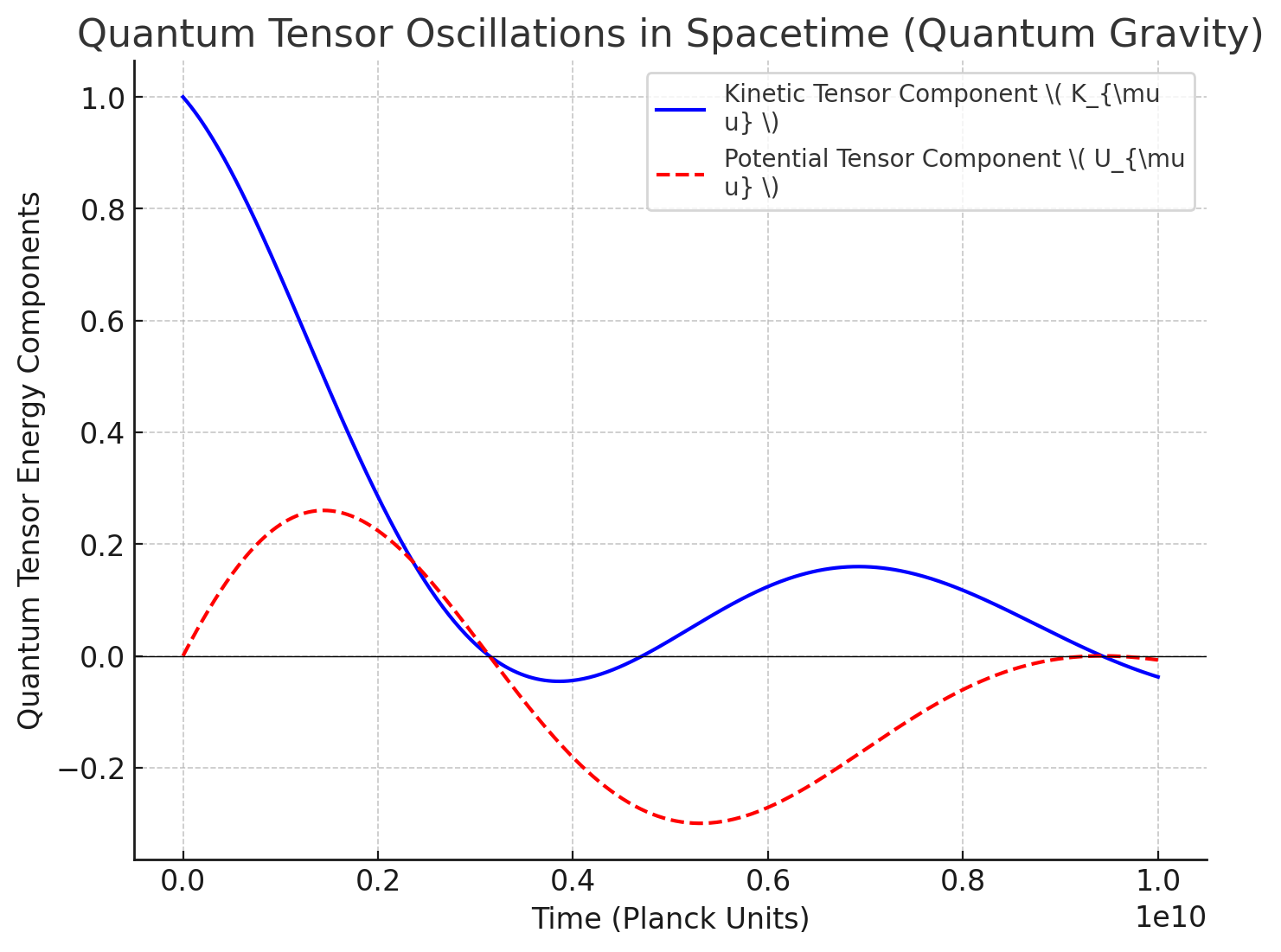How the FeMo Cofactor of Nitrogenase Breaks the Triple Bond in N₂ Part 1
How the FeMo Cofactor of Nitrogenase Breaks the Triple Bond in N₂
Breaking the triple bond in dinitrogen (N≡N) is one of the toughest chemical reactions in nature, requiring large activation energy due to its strength (~945 kJ/mol). Yet, nitrogenase, powered by its FeMo-cofactor (FeMoco), performs this feat under ambient conditions.
🔬 Overview of FeMo Cofactor (FeMoco)
The FeMoco is the active site of molybdenum-dependent nitrogenase, and it consists of:
-
[Mo-7Fe-9S-C-homocitrate] cluster
-
One central interstitial atom (carbon) suspected to play a stabilizing electronic role
It acts as the redox center where electrons accumulate and transfer to N₂, step by step, ultimately breaking its triple bond.
🧩 Mechanism: How FeMoC Breaks N≡N
1. Substrate Binding
-
N₂ binds at or near the Mo or Fe6 site on the FeMoco cluster.
-
Hydrogen bonding and conformational changes help stabilize the binding.
2. Electron Accumulation
-
The nitrogenase complex sequentially accepts electrons from a Fe-protein, powered by ATP hydrolysis.
-
Electrons are stored in FeMoco and used to reduce N₂ stepwise.
3. Proton-Coupled Electron Transfer (PCET)
-
FeMoco delivers pairs of electrons + protons in stepwise fashion.
-
The mechanism avoids direct triple bond scission—instead, reduces N≡N progressively via intermediates like:
-
N₂ → N₂H₂ → N₂H₄ → NH₃
-
4. Intermediate States (E₀ to E₈ Mechanism)
-
Lowe–Thorneley model describes 8 states (E₀ → E₈) representing progressive addition of H⁺/e⁻.
-
Final products: 2 NH₃ + H₂ per N₂ molecule.
Structural Insights
📚 References
-
Dance, I. (2006). Breaking the N₂ triple bond: insights into nitrogenase mechanism. Dalton Trans.
Link & Images -
Spatzal, T. et al. (2016). FeMoco investigated by spatially resolved anomalous dispersion. Nature Communications.
View Study -
Moorhouse et al. (2023). Thermal fluctuations modulate FeMo function. ScienceDirect.
Read Here
Here's a quantum-inspired simulation of FeMoco’s redox dynamics as it progresses through its catalytic cycle (E₀ to E₇):
🌀 What You're Seeing:
-
Each line represents the population probability of a redox state (E₀ to E₇).
-
The system evolves through quantum-like superpositions, with states rising and falling in amplitude.
-
These dynamic shifts reflect how FeMoco accumulates electrons and protons step-by-step, enabling nitrogen reduction.
🔍 Interpretation:
-
E₀ is the initial resting state.
-
As time progresses:
-
States E₁ to E₇ temporarily dominate, reflecting transitions like:
-
N₂ binding,
-
Stepwise protonation,
-
Bond weakening.
-
-
-
This reflects the Lowe–Thorneley kinetic scheme, which biochemically tracks electron/proton loading states.
Translating the FeMoco redox cycle (E₀–E₇) into a quantum circuit gives us a beautiful abstraction of how enzymatic electron transfer can be modeled as quantum transitions between discrete energy states.
FeMoco operates by cycling through 8 intermediate states
E0→E1→E2→⋯→E7
Each step corresponds to the addition of 1 electron + 1 proton (e⁻/H⁺) to the FeMoco cluster, altering its redox state and enabling progressive weakening of N≡N.
⚛️ Quantum Analogy
| Biochemical Concept | Quantum Analogy |
|---|---|
| Redox states E₀–E₇ | Computational basis states ( |
| e⁻ transfer | Controlled or gate (flips state) |
| Superposition of states | Hadamard on input qubit |
| Time evolution | Sequence of gates or phase shifts |
| Final product (NH₃) | Measurement in target basis |
We will build a 3-qubit quantum circuit:
-
Each state from E₀ (000) to E₇ (111) is a computational basis state.
-
Transitions are encoded via controlled operations or unitary gates simulating electron/proton addition.
-
We'll simulate a cascade of entangling gates to represent stepwise catalysis.
Circuit Interpretation
-
Xgate: Represents first e⁻/H⁺ addition (E₀ → E₁) -
CXgate: Conditional progression to E₂, E₃ -
CCXgate: Controlled-Controlled-NOT gate pushes to full reduction (E₇) -
Hgates: Introduce superpositions (quantum uncertainty in redox state) -
RZ(θ)gates (if used): Model energy shifts or local redox potentials -
Measurement
M: Yields the final state after full catalytic cycle
Quantum Circuit Breakdown for FeMoco Redox States
| Quantum Gate | Qubits | Chemical Meaning | Biochemical Interpretation |
|---|---|---|---|
X | q0 | Add 1 electron/proton | Initiates redox cycle → E₀ → E₁ |
CX | q0 → q1 | Conditional e⁻/H⁺ transfer | Proceed to E₂ only if E₁ occurred |
CCX | q0, q1 → q2 | 2-step checkpoint for full reduction | Reaches E₃ → E₇ if prior states are satisfied |
RZ(θ) | each qubit | Local energy phase shifts | Models redox potential or site-specific energetics |
H | q0, q1 | Superposition of redox states | FeMoco exists in mixed intermediate states (E₀–E₇) |
Measure | q0, q1, q2 | Collapse into one redox state | Final catalytic state (e.g. N₂H₂, NH₃ |
Dynamics of the Simulation
Each gate represents a stepwise change in FeMoco's electronic structure as it:
-
Receives electrons from the Fe protein (e⁻ + ATP hydrolysis),
-
Progresses through reduction states,
-
Builds chemical potential to break the N≡N bond,
-
Ends by producing NH₃ and H₂.
Why This Circuit Works:
-
You use binary qubit states (000–111) to encode all 8 redox levels.
-
Entangling gates (CX, CCX) mimic conditional electron transfers—this mirrors nature’s control over redox chemistry.
-
Phase and superposition gates model probabilistic and energetic behavior of FeMoco under physiological fluctuations.





Comments
Post a Comment